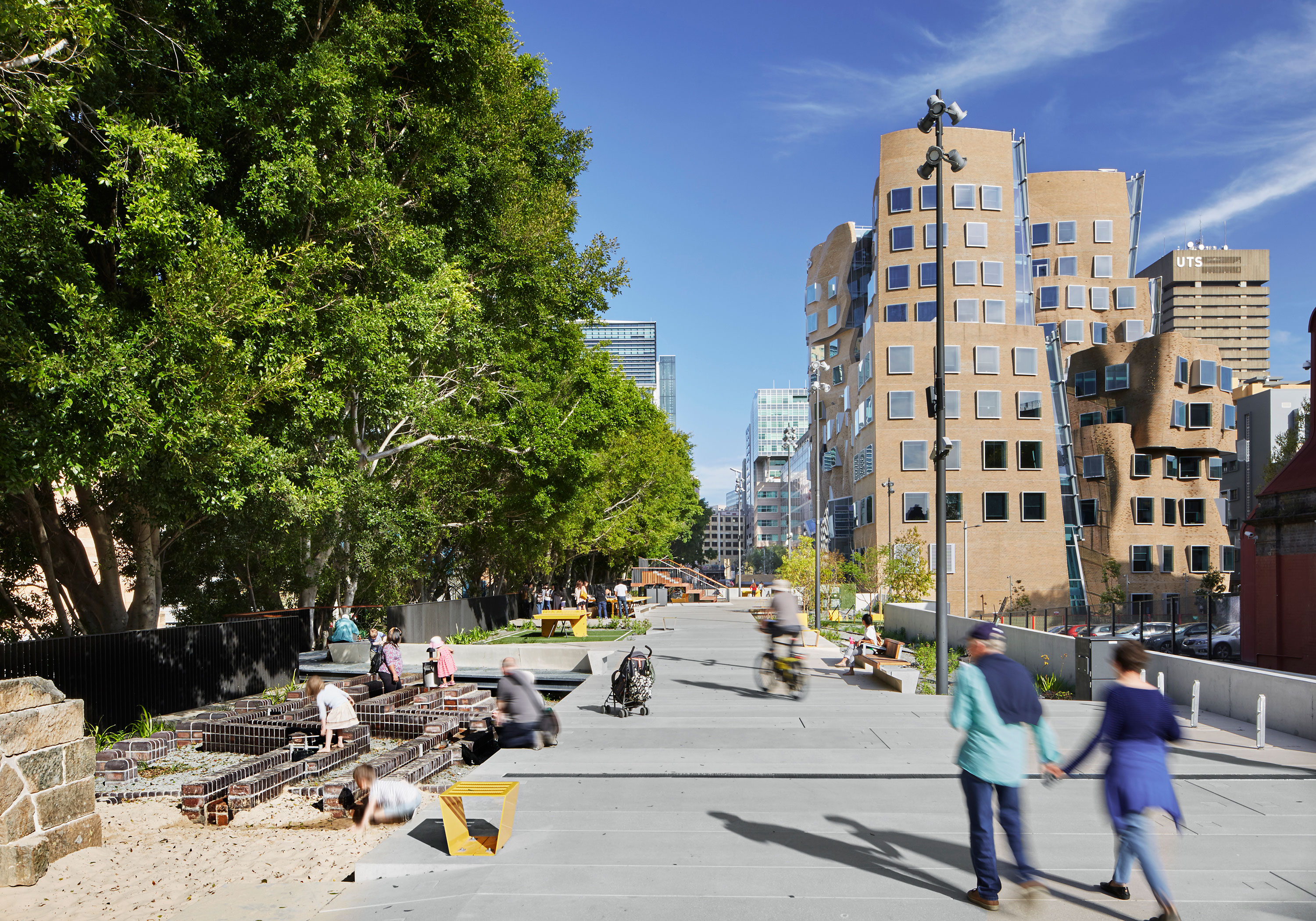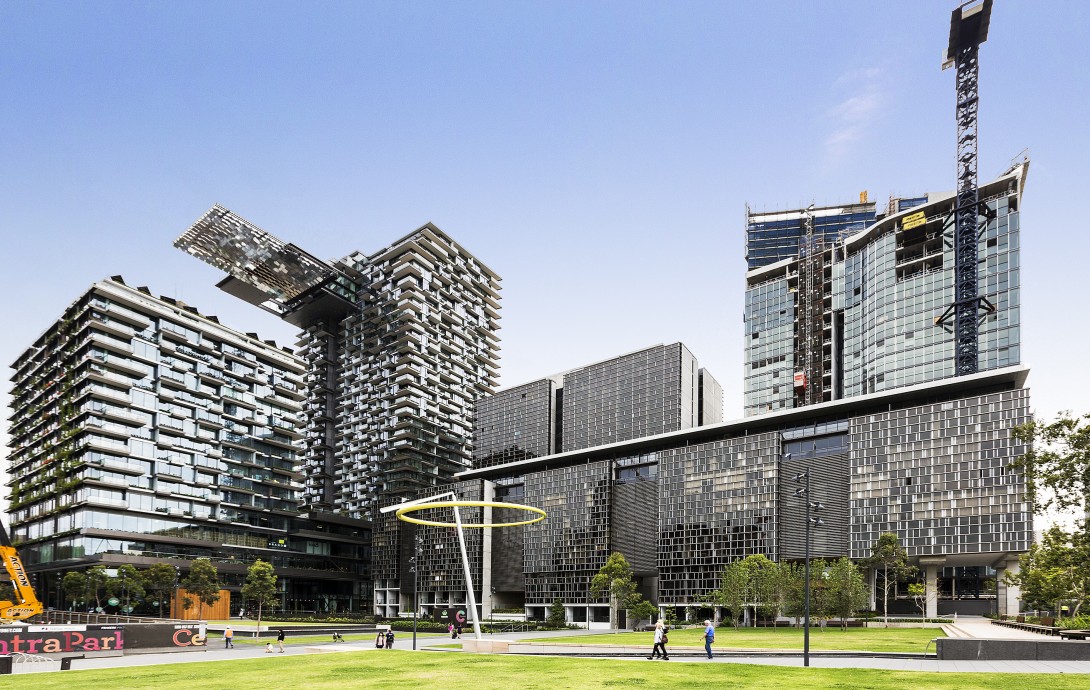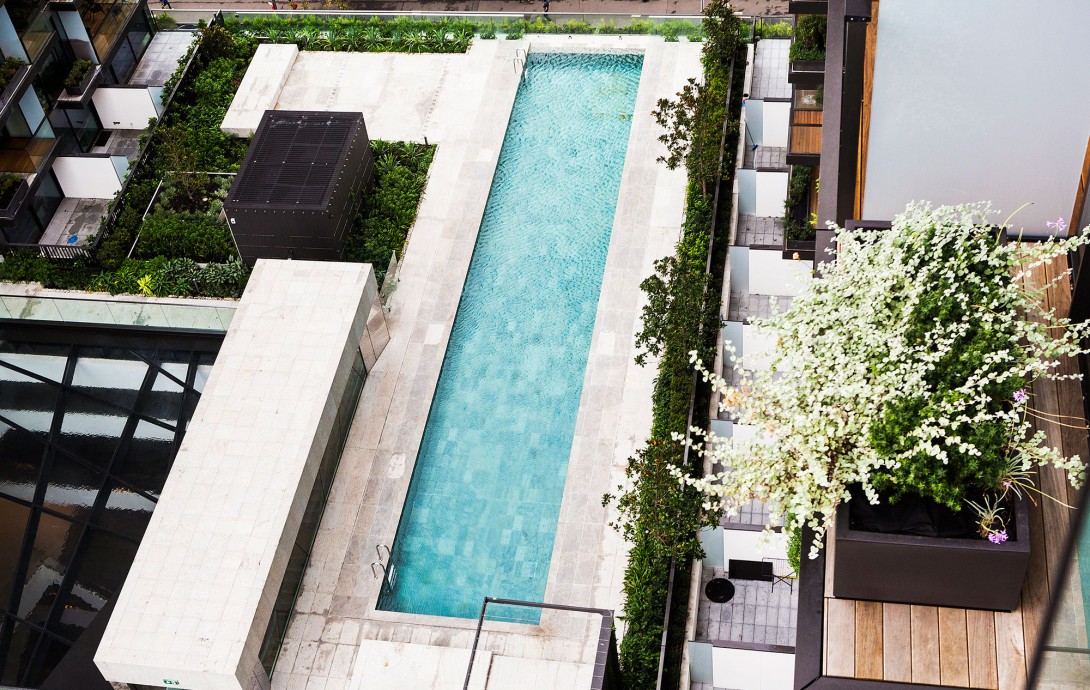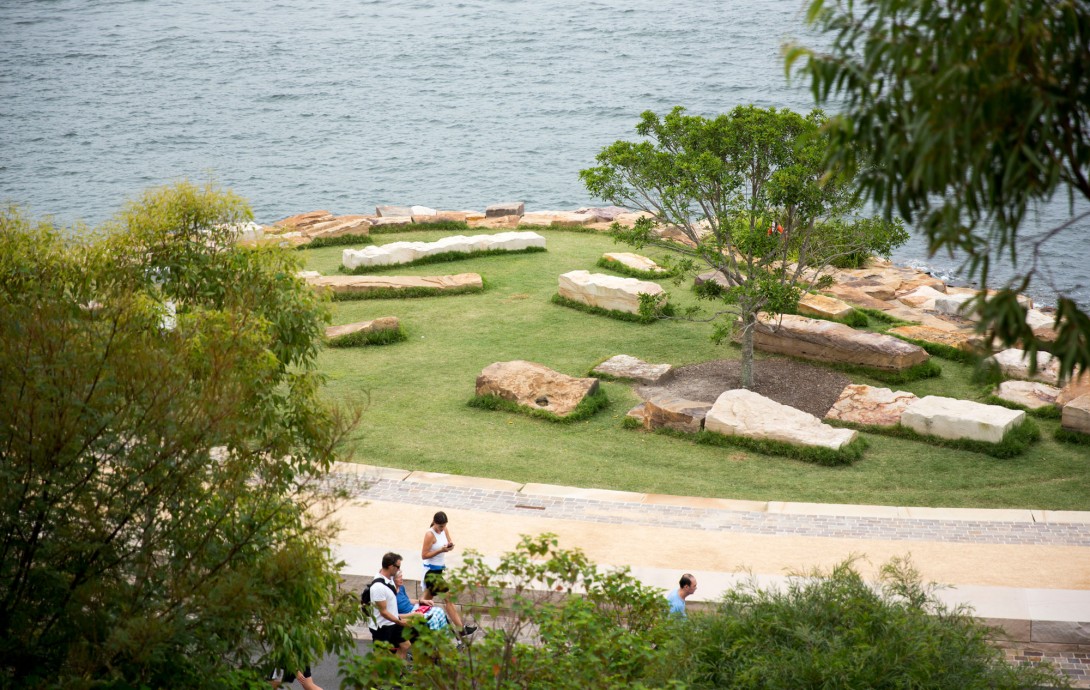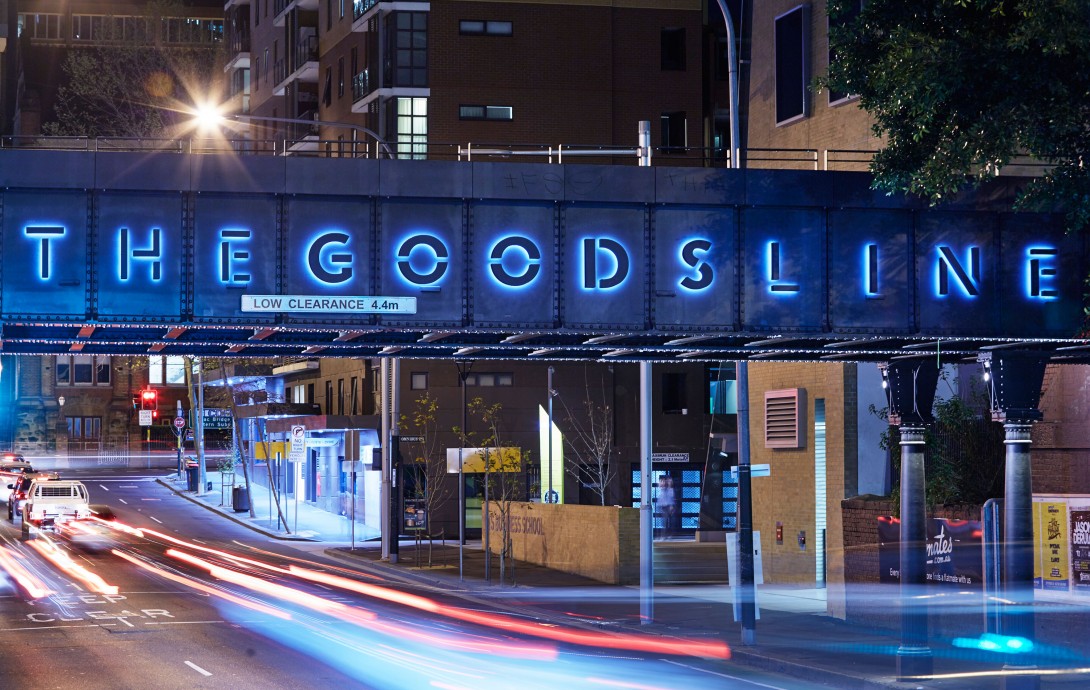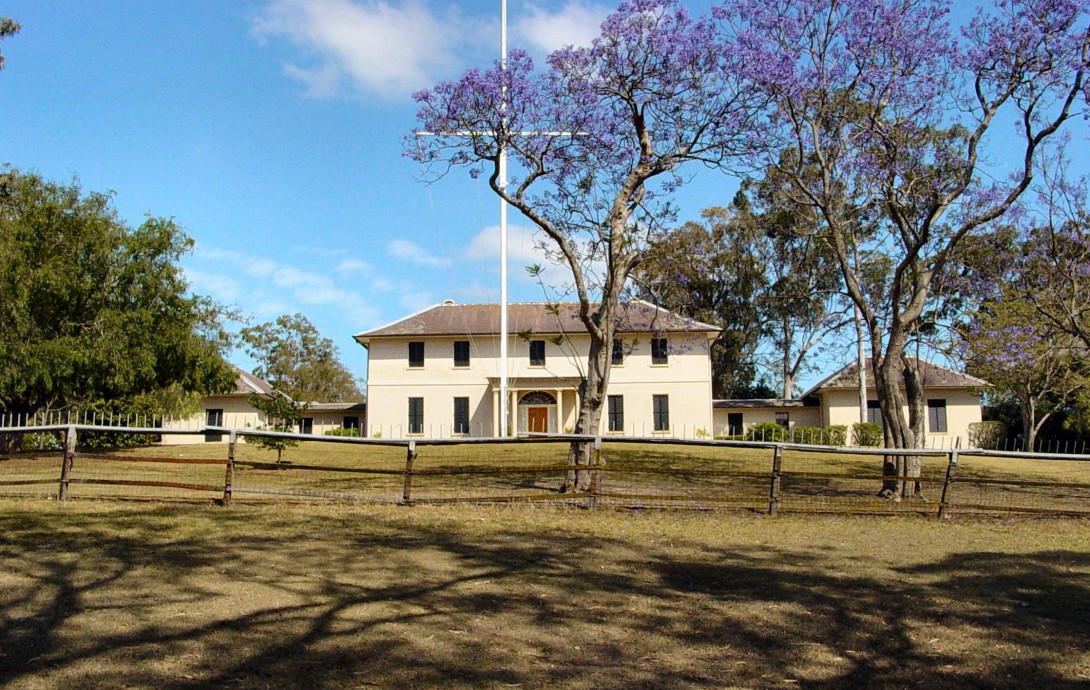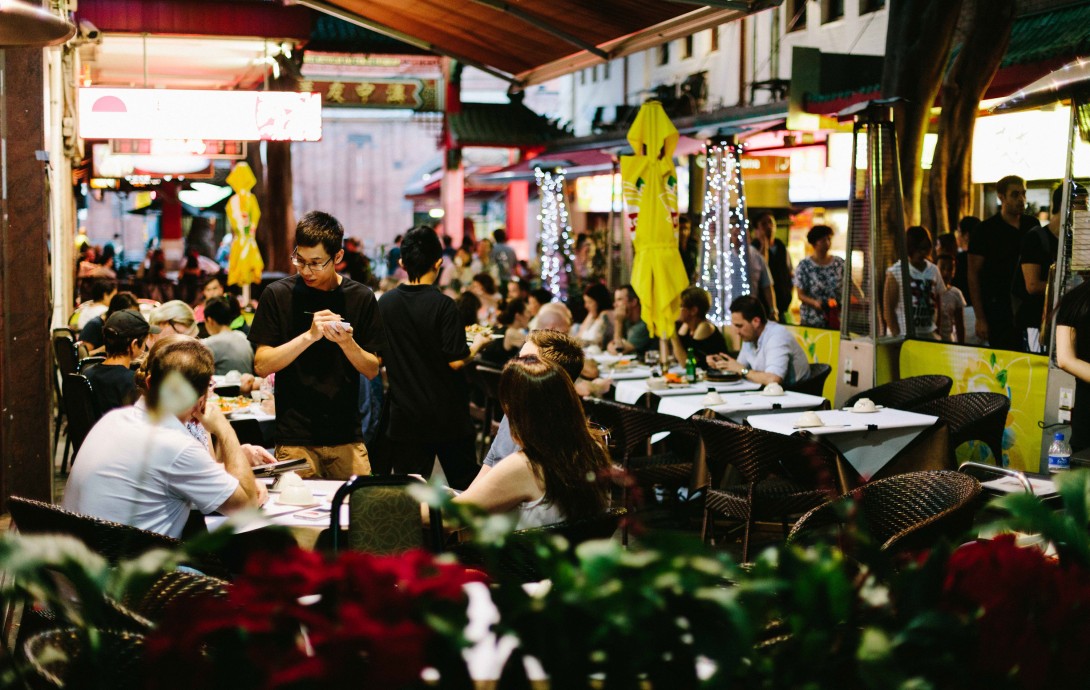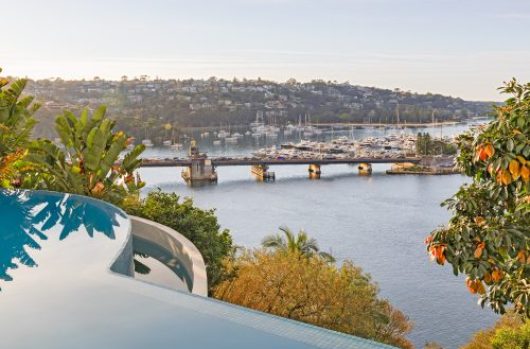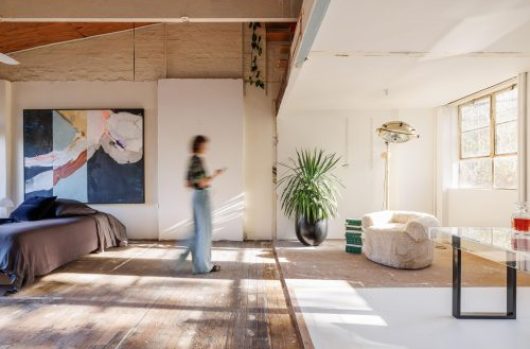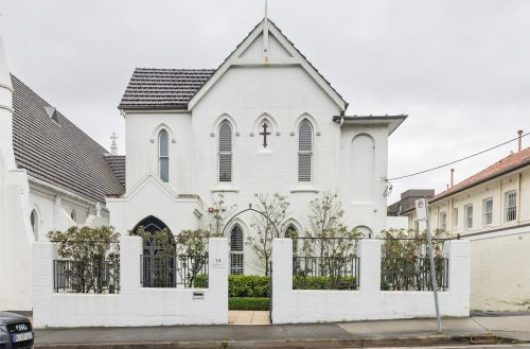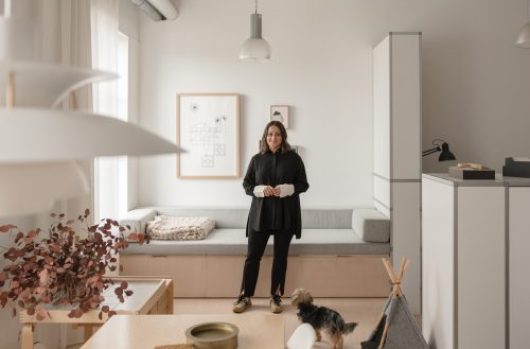
Transforming public spaces
For the Melbourne-born property developer Linda Gregoriou – Sydney is now her home. With many talents to claim, we caught up with Linda to discuss how Sydney is making inroads into creating more interesting public spaces. So what do our greatest public spaces say about Sydney’s attitude?
“Most people don’t get it. Good design adds value,” says Linda, over a cup of green tea in Alexandria.
“It adds value from an economic, social and cultural environmental perspective. It’s a really basic premise that a lot of people can’t seem to comprehend. It’s a no brainer,” says Linda rolling her eyes. “I am in the process of filming a four part series about the space between buildings, but I am also a property developer, so I see both sides of the coin,” she says.
Central Park, Chippendale
Now that you can tuck into a freshly made roti in the courtyard at the Kensington Street hawkers market, good old Central Park is starting to feel like a good hang out. With the opening of the Old Clare Hotel, and the flow of grungy uni students skating down its alleys, Central Park is starting to realise its potential to economically and socially revitalise this grungy part of town. Linda agrees that a blend of public art, heritage and architecture is what makes Central Park engaging.
“Central Park is like a small architectural laboratory in Sydney. You have modern architecture mixed with old architecture and small terraces overlooking the park. It is always busy and always vibrant. It has quickly become a place that you actually want to hang out and spend time in. It’s also all oriented the right way, it’s north facing, so you get the sun,” she says.
Linda praises Frasers for decisions made under the careful stewardship of Singaporean Chairman Stanley Quek, “The clever thing that Frasers did, is that they got a whole series of different architects and they busted up the site. You have different architects designing for different things. Rather than an affect that is homogenised and monolithic, which is the risk Lendlease is facing at Barangaroo.”
Barangaroo, Sydney
Perhaps tokenistic and a bit twee with its art murals and green walls – no one can deny the affect Barangaroo is having on how we feel about the city. It has the potential to breathe life into a harbour fronting section of the city, beyond just casinos and six star hotels.
The City of Sydney is currently working to improve connectivity from Argyle Street to the waterfront walks and Lendlease is also doing lots to cultivate a dining scene by King Street. When Noma pops up in February it will attract the cream of the city’s foodies to its precinct.
The park itself holds promise too. Barangaroo Reserve is Sydney’s newest Harbour foreshore park – marking the transformation of one of the city’s oldest and ugliest industrial sites into a spectacular, six-hectare headland space. Barangaroo Reserve will also eventually boast a new cultural centre with one of the largest internal spaces in Australia, the Cutaway, providing huge potential for public recreation, as well as an underground 300-space car park.
“Eventually the reserve will look like it is part of the native landscape. Eventually it will be something that you won’t even look at and think – ‘oh this is something that has been repurposed or revitalised’. It will be returned to how it was. We always seem to forget about legacy and we tend to only think about the now. I think that in the future having this green space in the city will be seen as visionary and important. I would have liked to have seen a national indigenous art museum there too.”
The Goods Line
The student belts in Sydney are buzzing. And poor students need great public spaces more than most. The Goods Line caters well to people living on the outskirts of campuses for UTS, Sydney Uni and Eora College, and the TAFE in Darlington. This unique elevated park has seen a disused rail corridor running from Railway Square to Darling Harbour reimagined as a leafy, energised civic spine in the heart of Sydney’s most densely populated area.
“Sydney doesn’t have a tradition of laneways like Melbourne does – Melbourne already has 850 laneways. What Sydney has is amazing views to the harbour and amazing beaches, so work on that connectivity – just like The Goods Line has done. More projects like this that work on Sydney’s connectivity are needed.” Gregoriou says.
Green Square, Zetland
Still fifteen years away from completion, Green Square really speaks of the exciting development we’re seeing in the neighbouring suburbs of Beconsfield, Zetland, Alexandria, Waterloo and Roseberry.
This is a thirteen billion dollar project seeking to create a sustainable urban environment and new town centre for Sydney. It involves innovative housing, businesses, retail, hospitality, libraries and high density living. It covers 278 hectares and is brilliantly located only 3.5km from the city. There will be 30,500 new dwellings which will be home to 61,000 new residents.
“Green Square is fantastic,” says Linda. “With Green Square the council have the opportunity to do something quite interesting in terms of mixed use and to again try and create a fine grain tapestry of built form and landscape. It’s actually too early to tell, but more projects like this help Sydney to emerge and recognise her satellite centres,” says Linda thoughtfully.
“Last week I visited the old Government House and from a geographic point of view, Paramatta is the centre of Sydney – and we need to start comprehending that and not thinking that the centre of Sydney is the CBD – because it is not. It’s changing a mind set that is hard.”
“The centre of Sydney is actually Paramatta and there is actually a whole exciting, vibrant culture going on out there. What’s happening out there with some of their open spaces and parklands especially the parklands around old government house is just terrific. They have just opened a whole new amphitheatre which is magical and I think as Sydneysiders we need to go and visit those things – support them more,” she says.
In considering new cool public spaces Linda also mentions Cabramatta, another satellite city for greater Sydney.
“I love Cabramatta. I go there and after I avoid being offered heroin, I walk into the town square and feel I could be in Saigon from the smell, the sites and languages being spoken. Cabramatta is actually a part of Sydney that’s extremely vibrant, dynamic and constantly changing. It has amazing food and a big mixture of languages and cultures that make it really interesting.”
Chinatown, Haymarket
A site for Sydney’s melting pot of Asian eateries, from Cantonese to Malaysian, Thai to Vietnamese, the dumpling houses and neon-lit nooks of Chinatown and Haymarket present an irresistible attraction to tourists and locals alike. Linda acknowledges that while small gestures have been made, Chinatown could use an overhaul.
“I think it’s about time that Chinatown was looked at in quite a serious way. The little tourist pavilion kiosk thing that was designed by Vince Frost is delightful and adds magic, but in general China Town looks tired and unloved. I’m excited about Darling Harbour and what is happening there. The Chinese community are really important and an integral part of Australian society and I think it is an area that could be better promoted, not just from a tourist perspective but from the point of view of the amazing restaurants and also the amazing little shops you find there,” Gregoriou says.
Design does haven’t to be big monolithic spaces. In fact we need much more open space in the city. “In urban design there is a saying we have – you create a good street, you create a good city. And when you think about it, it makes sense, because good urban design is quite often at a small scale and then it grows,” Linda says.
It is scientifically proven that places with great art and architecture attract more people. Then once people are there, they stay longer, come back more often and tell their friends about their experience. Good design adds value. As Linda notes: it’s a no brainer.
Yet great design doesn’t have to come from Starchitects and a top-down approach. Citizens don’t have to wait for council to catch on. With transformative urbanism and participatory placemaking the latest buzz words in design – there is also a quiet revolution taking place on the streets. The premise being that each citizen can have an impact on creating a city they want to live in, street by street. Good urban design is more about local empowerment and taking small steps that can be scaled to improve whole neighbourhoods, towns and countries.
The Goods Line is ASPECT Studios’ development in conjunction with CHROFI for the Sydney Harbour Foreshore Authority. Image by Florian Groehn.
